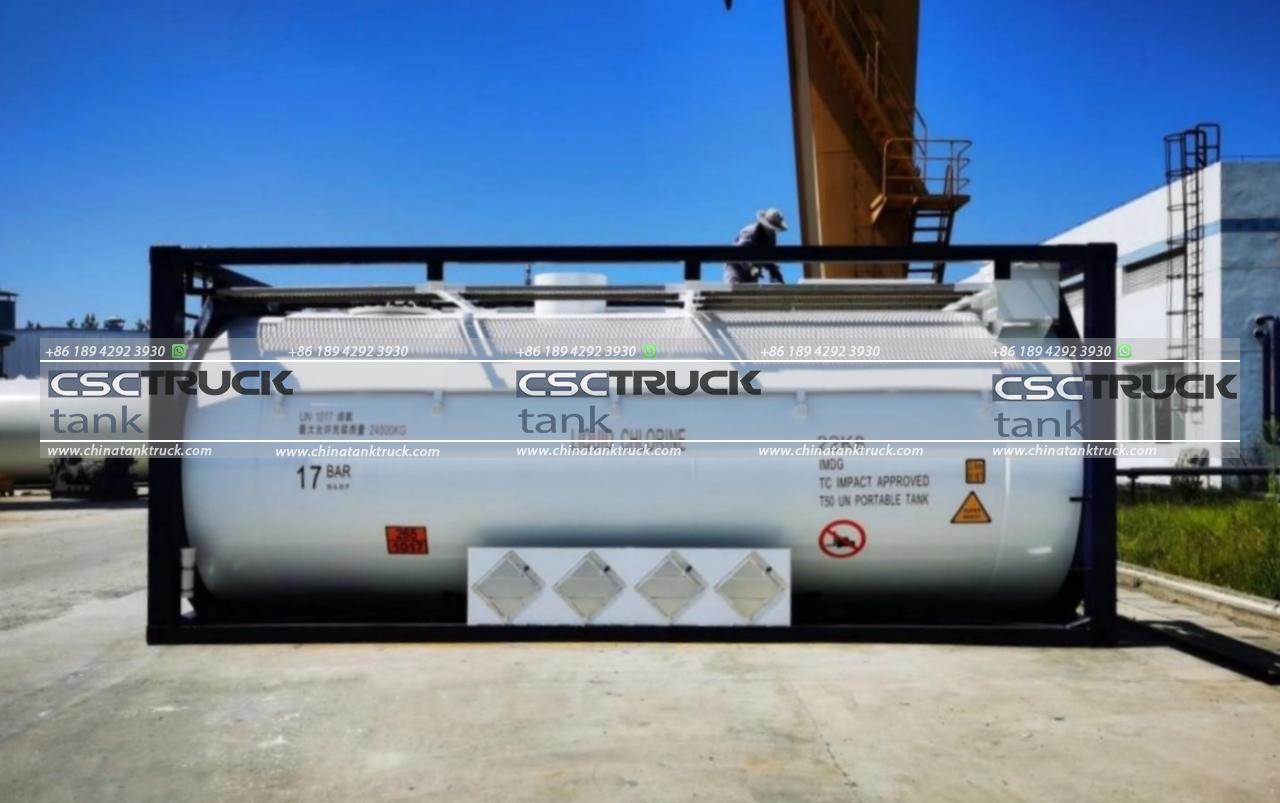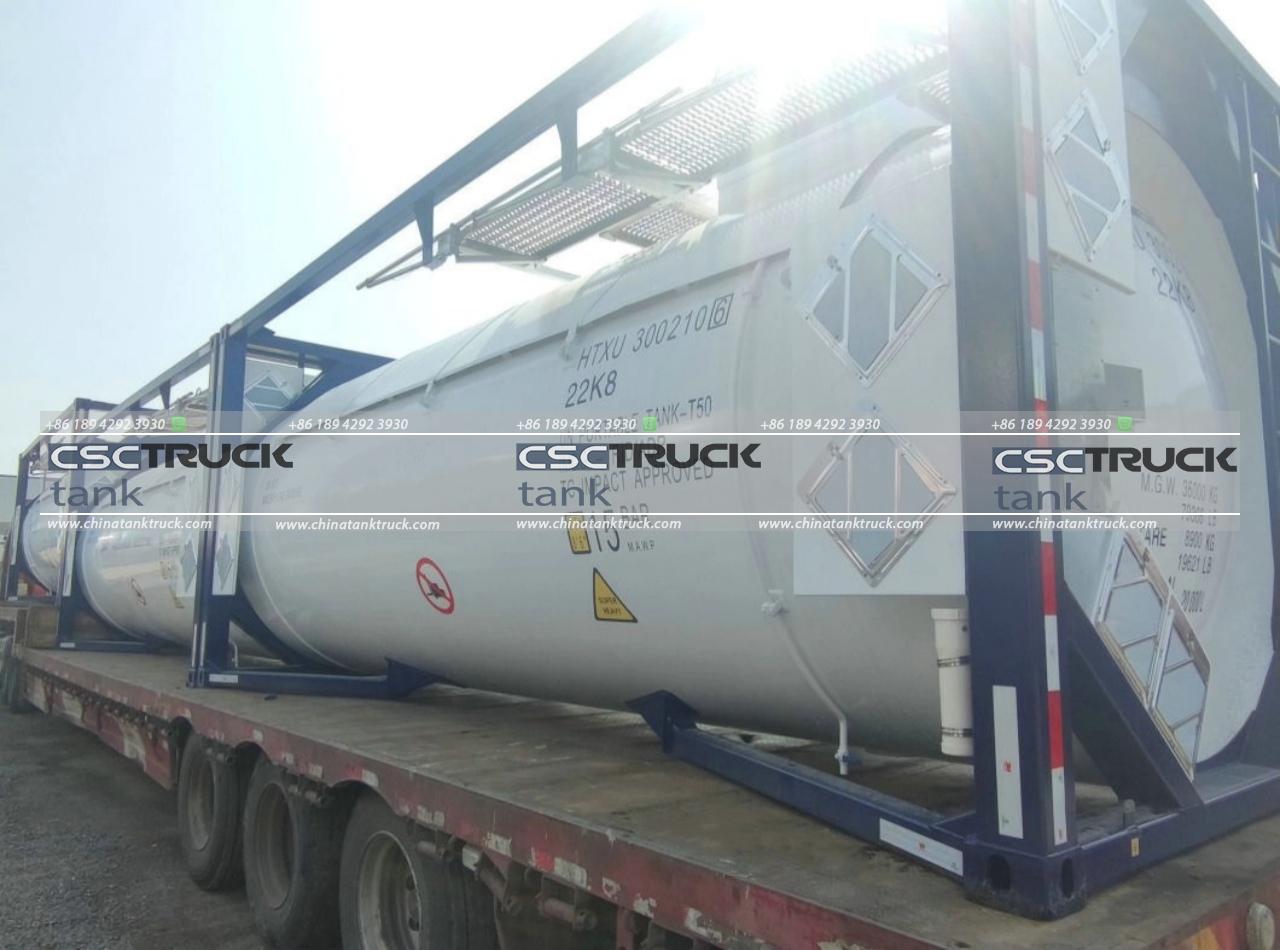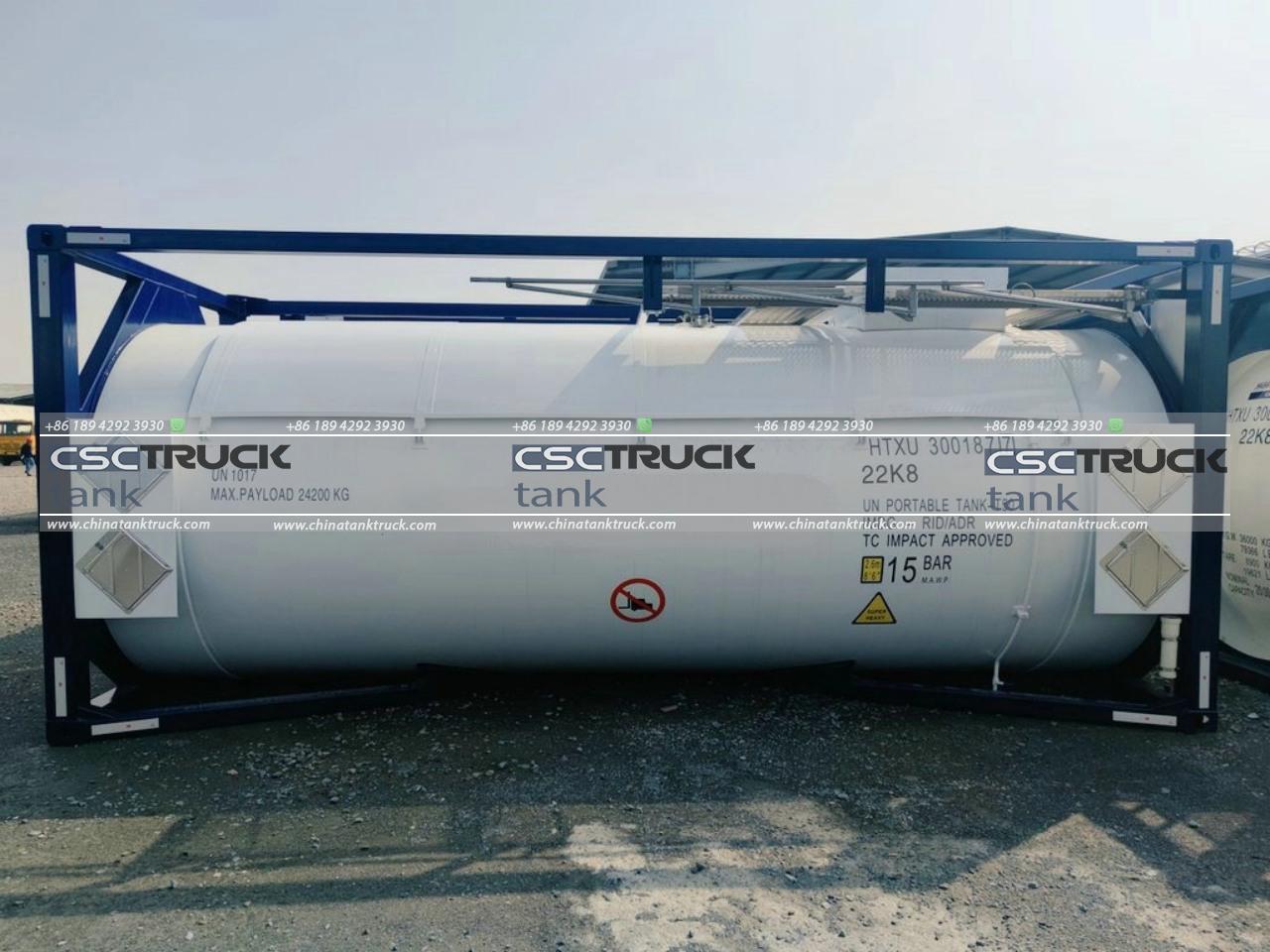What is the ISO Container?
The term “ISO container” is commonly used in the shipping and logistics industry to describe a standardized container designed for the safe and efficient transportation of goods across various modes of transport, including sea, rail, and road. “ISO” stands for the International Organization for Standardization, an international body responsible for setting global standards across numerous industries. ISO containers have revolutionized global trade by providing a uniform, durable, and secure method for transporting cargo, thereby simplifying supply chain operations and minimizing handling costs.
Origins and Development of ISO Containers
The concept of the ISO container originated in the mid-20th century, spearheaded by the need for a more efficient and standardized system of cargo transport. Before containerization, goods were typically loaded and unloaded manually, a process known as “break-bulk shipping.” This method was labor-intensive, time-consuming, and prone to theft and damage. The advent of the container, initiated by American trucking entrepreneur Malcolm McLean, fundamentally transformed the shipping industry.
In 1961, the International Organization for Standardization established the first set of standards for container dimensions, design, and structural integrity. These specifications were aimed at ensuring that containers could be efficiently stacked, loaded, and transported on different types of vehicles and vessels. This global standardization has since become a cornerstone of international trade, allowing seamless movement of goods across borders and reducing shipping times and costs.

Key Features and Types of ISO Containers
ISO containers are characterized by several key features that distinguish them from non-standard containers:
1. Standardized Dimensions and Capacity: ISO containers are designed with uniform dimensions, typically in lengths of 20 feet, 40 feet, or 45 feet, with varying heights (standard, high-cube, and open-top). The most common sizes are 20-foot and 40-foot containers, known as TEU (Twenty-foot Equivalent Units) and FEU (Forty-foot Equivalent Units), respectively. This standardization enables compatibility with container ships, trucks, and trains, making the loading, unloading, and transshipment processes more efficient.
2. Structural Integrity and Durability: Built from robust materials such as steel or aluminum, ISO containers are designed to withstand harsh environmental conditions during sea and rail transport. Their solid structure protects cargo from damage, while their uniformity ensures that containers can be securely stacked, optimizing space utilization on ships and in storage yards.
3. Intermodal Compatibility: ISO containers are specifically engineered to be “intermodal,” meaning they can transition seamlessly between different modes of transportation without the need for unloading and reloading the contents. This feature is crucial for multimodal logistics, as it reduces handling times, lowers the risk of damage, and enhances overall supply chain efficiency.
4. Variety of Designs: While the standard dry container is the most common type, there are various specialized ISO containers designed to accommodate specific cargo requirements. These include refrigerated containers (or “reefers”) for perishable goods, open-top containers for oversized cargo, flat-rack containers for heavy machinery, and tank containers for transporting liquids and gases. Each type adheres to ISO standards, ensuring compatibility and safety across different transport modes.
ISO Container Standards and Specifications
The ISO sets rigorous standards that dictate the construction, dimensions, and testing requirements of containers to ensure safety and interoperability. Key ISO standards related to containers include:
– ISO 668: Defines the classification, dimensions, and ratings for Series 1 freight containers.
– ISO 6346: Specifies the coding, identification, and marking requirements for containers.
– ISO 1161: Covers the specification for corner fittings, which are essential for stacking and securing containers.
– ISO 1496: Establishes the general requirements and testing protocols for different types of containers, including dry cargo, thermal, tank, and platform containers.
These standards ensure that containers maintain structural integrity under extreme conditions, such as heavy loading, pressure changes, and exposure to saltwater during ocean transport. Compliance with ISO standards also means that containers can be used interchangeably by different shipping companies, enhancing their versatility and efficiency.

Benefits of Using ISO Containers
The adoption of ISO containers has brought numerous benefits to the shipping and logistics industry. Some of the most notable advantages include:
1. Efficiency and Cost Reduction: ISO containers have streamlined the loading and unloading process by reducing the need for manual handling. This has significantly shortened port turnaround times and lowered labor costs. Moreover, the ability to stack containers vertically optimizes space utilization on ships and in storage facilities.
2. Enhanced Security: Containers provide a secure environment for transporting goods, reducing the risk of theft and damage. The use of standard locking mechanisms and tamper-evident seals ensures that cargo remains secure throughout the supply chain.
3. Reduced Environmental Impact: By enabling more efficient transportation, ISO containers help reduce fuel consumption and emissions. Additionally, containers can be reused multiple times and recycled at the end of their service life, making them a more sustainable option for global trade.
4. Simplified Customs and Border Control: The standardized design and labeling of ISO containers facilitate easier inspection and tracking, making it simpler for customs authorities to process shipments. This has led to faster clearance times and reduced administrative burdens.
ISO Container Applications Beyond Shipping
Although primarily associated with cargo transport, ISO containers have found diverse applications beyond the shipping industry. Their robust design and versatility make them suitable for various uses, such as:
– Storage Solutions: ISO containers are widely used as temporary or permanent storage units for businesses and individuals. Their secure, weatherproof design makes them ideal for storing equipment, supplies, or personal belongings.
– Modular Construction: The use of ISO containers in modular construction has gained popularity, particularly in the development of container homes, offices, and pop-up retail spaces. Their uniform shape and ease of transport make them an attractive option for creating cost-effective, sustainable, and quickly deployable structures.
– Humanitarian Aid: ISO containers are often repurposed for emergency shelters, field hospitals, and mobile command centers in disaster-stricken areas. Their portability and durability make them invaluable assets for rapid deployment in humanitarian relief efforts.

Future Trends in ISO Container Use
The continued evolution of ISO containers will likely focus on enhancing efficiency and sustainability in global logistics. Innovations such as “smart containers” equipped with IoT devices are emerging, providing real-time tracking, monitoring, and reporting on cargo conditions. These advancements enable shippers and carriers to optimize routing, reduce losses, and improve supply chain transparency.
Additionally, efforts are underway to develop lighter and more eco-friendly container materials, such as composites and advanced alloys, which can reduce fuel consumption and greenhouse gas emissions.
Conclusion
In conclusion, the ISO container has been a game-changer for global trade, providing a standardized, reliable, and versatile solution for transporting goods across diverse regions and modes of transport. Its impact on the shipping industry is profound, offering efficiency, security, and interoperability on a global scale. As the logistics industry continues to evolve, ISO containers will remain at the forefront of innovation, shaping the future of international commerce and supply chain management.

